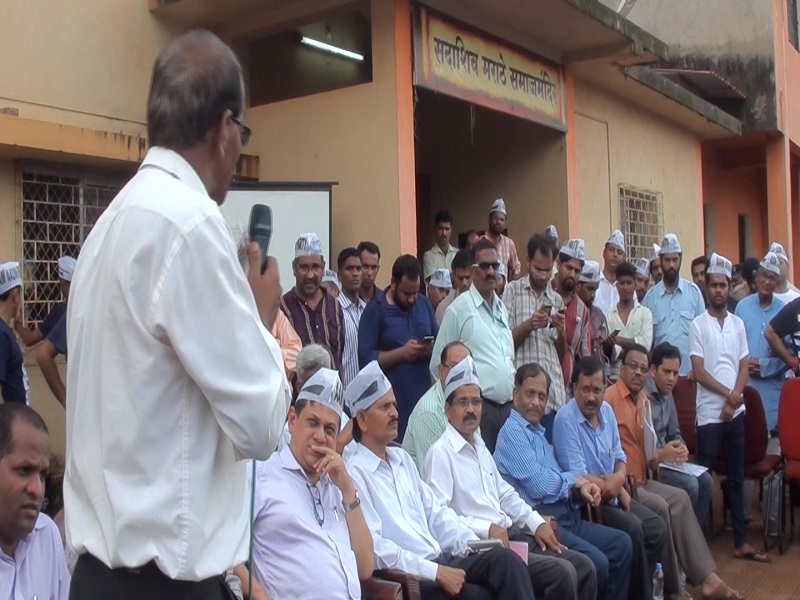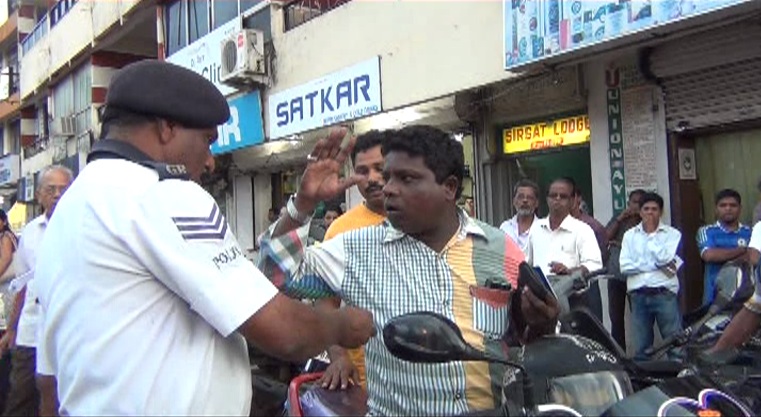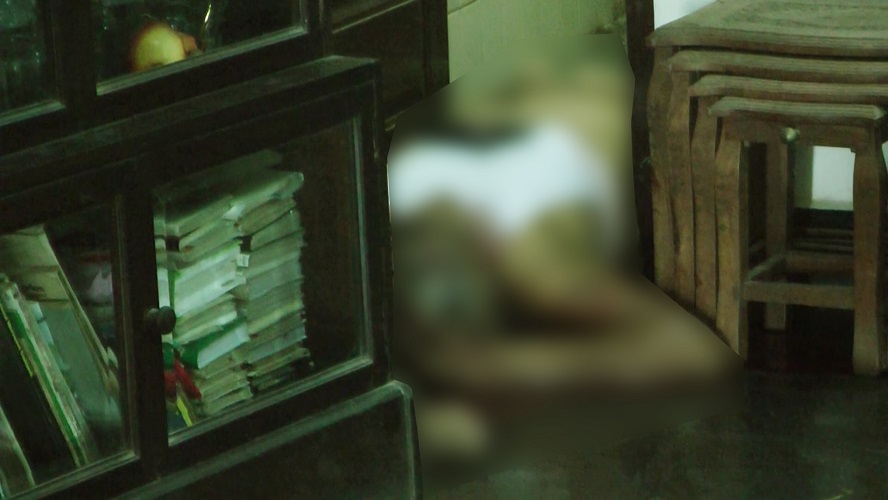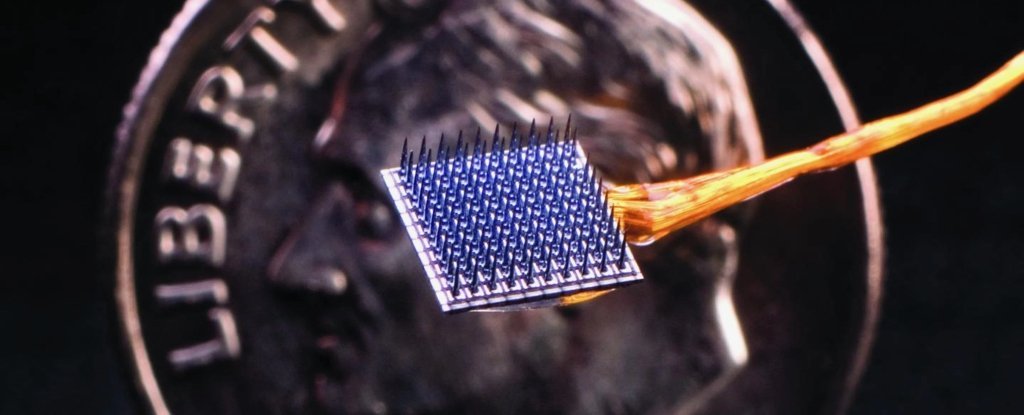Results from a massive study in Bangladesh unequivocally show that surgical masks reduce the spread of SARS-CoV-2, scientists say.
The results – from the highest-quality, gold-standard type of clinical trial, known as a randomized controlled trial – should “end any scientific debate” on whether masks are effective in battling the spread of COVID-19, Jason Abaluck, an economist at Yale and one of the authors who helped lead the study, told The Washington Post.
“This is an incredibly challenging but important study to pull off,” Megan Ranney, an emergency medicine physician and a professor at Brown University who was not part of the study, told the Post.
“Anti-mask people keep saying, ‘Where’s the randomized controlled trial?’ Well, here you go.”
Related: Coronavirus variants: Here’s how the SARS-CoV-2 mutants stack up
For the past year and a half, scientists have said that masks reduce the spread of the virus. But it’s very difficult to study how much masks help to curb transmission in the real world, where not everyone is masking, using the same quality of masks or even wearing masks properly.
Observational studies, which simply compare mask wearing behaviors to infection rates in different areas, can be muddied by so many other factors.
Randomized trials – in which people are randomly assigned to receive a medical intervention or not – are the most robust form of evidence. But those are expensive and difficult to conduct, especially for a behavior like masking.
In the new study, researchers from Bangladesh and the US tested the effectiveness of mask promotion and usage across 600 villages in Bangladesh. The study, which involved more than 342,000 adults, is the largest randomized trial ever conducted on mask usage, according to the Post.
The study was posted as a preprint to the Innovations for Poverty Action nonprofit website on Sept. 1 while it is being peer-reviewed for publication in the journal Science, according to the Post.
In the trial, which ran from November 2020 to April 2021, about 178,000 people received the “intervention” and about 164,000 people did not. Everyone in the intervention group received free masks, were provided ample information on the importance of mask wearing, had community leaders as role models and received in-person reminders for eight weeks, according to the study.
People in the control group received none of these interventions. The researchers then placed observers throughout the community who tracked, on a weekly basis, how many people properly wore masks and physically distanced themselves at mosques, markets and main entrance roads to villages and tea stalls.
Five and nine weeks after the trials started, the researchers surveyed the participants for COVID-19-like symptoms. Then, about 10 to 12 weeks after the trial start, they took blood samples from the participants who were symptomatic and tested them for SARS-CoV-2 antibodies.
The masking interventions tripled proper mask use, from 13.3 percent in the control group observations to 42.3 percent in the masking intervention group. They also found that physical distancing was about 24.1 percent in the control group observations compared with 29.2 percent in the treatment group.
Five months after the trial, the “impact of the intervention faded,” meaning that less people wore masks properly, but mask wearing remained 10 percent higher in the intervention group compared with the control group, the researchers wrote.
In the intervention group, 7.62 percent of people had COVID-19-like symptoms, compared with 8.62 percent in the control group. The researchers collected blood samples from nearly 11,000 participants, and found that the intervention reduced symptomatic COVID-19 infection by 9.3 percent.
“Our results should not be taken to imply that masks can prevent only 10 percent of COVID-19 cases, let alone 10 percent of COVID-19 mortality,” the authors wrote in the paper.
That’s because the intervention only led to 29 more people out of every 100 people to wear masks. “The total impact with near-universal masking–perhaps achievable with alternative strategies or stricter enforcement–may be several times larger than our 10 percent estimate,” they wrote.
Villages were given either cloth masks or surgical masks. In villages that were given surgical masks, symptomatic infection was reduced by 11.2 percent compared with the control group.
That percentage was even higher in older adults: In those who were 60 years or older and who were given free surgical masks along with the other interventions, symptomatic infection was reduced by 34.7 percent compared with the control group.
They did not find that cloth masks reduced symptomatic infection compared with control groups.
The study is one of many that show the benefits of masking, but it has some limitations.
For example, although they were told to remain discreet and wear plain clothing, researchers who were surveying the participants on how well they wore masks and physically distanced themselves may have been recognized by the study participants, who then may have changed their behaviors, the authors wrote.
The study also couldn’t explain whether masks made symptoms less severe by reducing the viral load people were exposed to, or whether they reduced new infections completely.
Related content:
11 (sometimes) deadly diseases that hopped across species


 Local7 years ago
Local7 years ago
 Crime8 years ago
Crime8 years ago
 Local8 years ago
Local8 years ago
 Top Stories2 years ago
Top Stories2 years ago
 Crime8 years ago
Crime8 years ago
 Crime8 years ago
Crime8 years ago
 Sports10 months ago
Sports10 months ago
 Crime8 years ago
Crime8 years ago






You must be logged in to post a comment Login